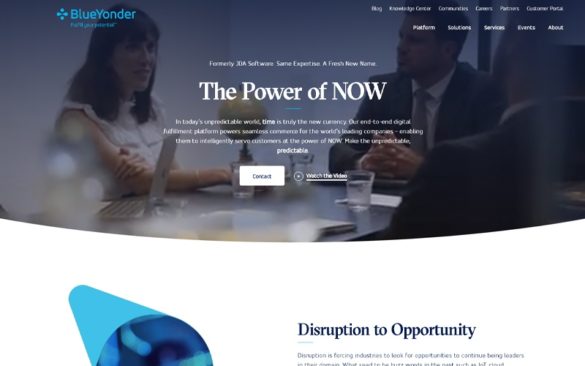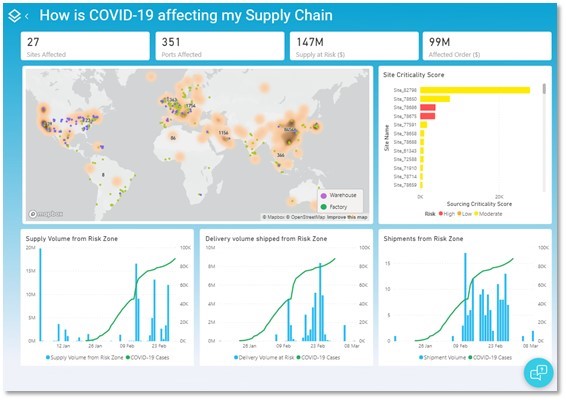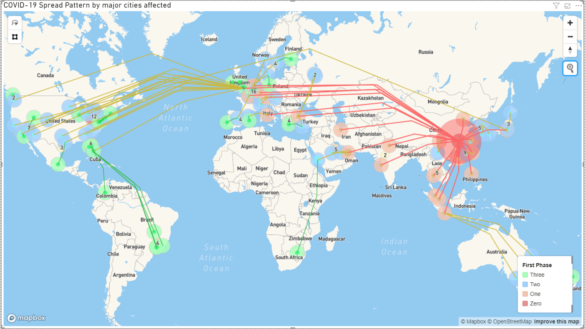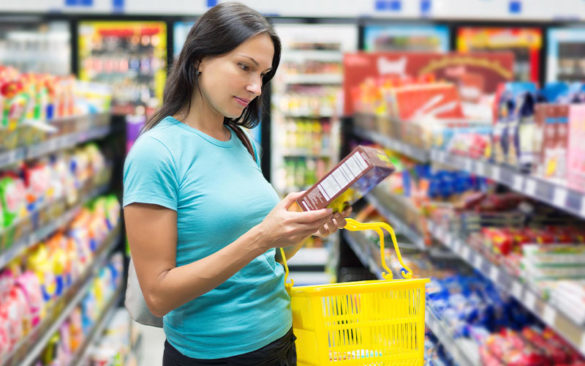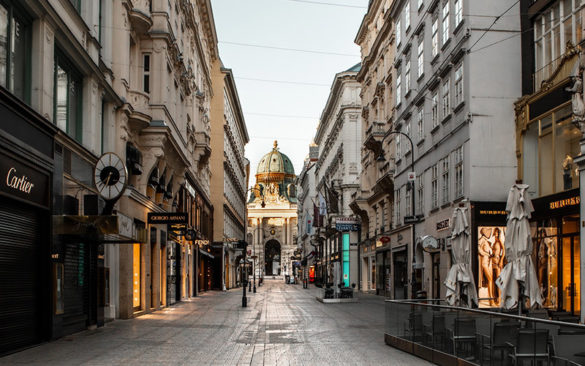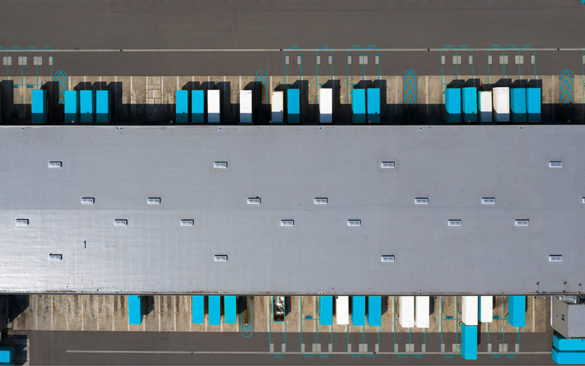Introducing the New blueyonder.com
Perhaps the next biggest step after our initial rebrand announced February 11, is the launch of our completely revisioned website which debuted this week. I’m very proud to share the new public face for Blue Yonder! This new website was a tremendous collaboration between the…
Join Our Virtual ICON/DEVCON Event for Supply Chain Strategies to Manage During Crises
As the COVID-19 pandemic continues, the need for more resilient and agile supply chains has never been greater. With unprecedented shortages, challenges, risks and disruptions affecting the delivery of goods within the global supply chain, everyone needs greater visibility, control, and assurance. And supply chains…
Category Management in the New Normal – POV from Blue Yonder
COVID-19 has certainly changed the way we work, shop and interact. The impacts are even greater as a strained supply chain becomes stretched to capacity to meet the demands and needs of customers looking for critical essentials. Never has there been a time when the supply chain has been strained to this degree. As I reflect on these unprecedented times, I wanted to provide a point of view on the direction of category management now and in the future.
Unexpected Ways to Spread Joy
Let’s face it, most of us have never experienced days like these. The global coronavirus pandemic has changed the way we live today – and perhaps forever. We strive to juggle new family schedules and working from home, and judicially follow the guidelines set forth…
COVID-19 Risk Response: Ensuring Supply Chain Visibility & Resiliency in a Time of Need
Blue Yonder is committed to helping our customers minimize the impact on their global supply chains and ensuring critical supplies get to the people that need them the most. That’s why our team has developed multiple offerings to help our customers and non-customers effectively manage their end-to-end supply chain during these difficult times.
Mitigando o Impacto do Coronavírus sobre Cadeias de Suprimento com Machine Learning e Visibilidade em Tempo Real
Um artigo do New York Times de agosto de 2019 destaca o quanto a inteligência artificial (IA) deve a humanos. Isso se dá pelo fato de muitas e muitas pessoas serem necessárias para ajudar um sistema de IA a aprender para que ele possa, eventualmente, agir por…
What Retailers Need to Consider to Come Out Ahead from Times of Uncertainty
During times of distress, nothing brings comfort like returning to basics and simplicity. As the impacts of the COVID-19 continue to evolve, consumers are faced with unprecedented disruptions to these basics while retailers are scrambling to understand impacts on their supply chain. The one constant, though, in all the chaos: retailers remain focused on servicing customers and keeping their employees working.
My New Normal: A Mother’s Heartache
Thursday, March 12, 2020 was my last day of normal. We had family friends in from California and we enjoyed several Spring Training games (Go A’s/Go Giants), big family meals with a lot of laughter by the firepit. Going to the store for household essential…
How COVID-19 Will Impact Softline Retailers
Softline retailers have been battling store closures and traffic declines in malls for several years. They have made moves to shift toward experiential retailers. They have deployed omni-channel capabilities like buy online pickup in store (BOPIS) and buy online return in store (BORIS) to drive traffic and deliver a seamless experience for customers. Ultimately, softline retailers were just starting to see the light at the end of the tunnel… until COVID-19 coronavirus arrived.
How COVID-19 is Shifting Supply Chains
From the outside, it does seem like things are beyond control. Food/grocery retailers are seeing unprecedented demand for many items, most notably paper, and sanitizing products, canned goods, and products with a longer shelf life. But what are we seeing? If we step back and look at it from the inside, i.e., the overall supply chain, things begin to make more sense. After all, are people using more toilet paper, or eating three times as much food than they normally do? It’s not about the shortage, it’s about how quickly retailers can stock shelves when masses of people clear them out far quicker than average.

